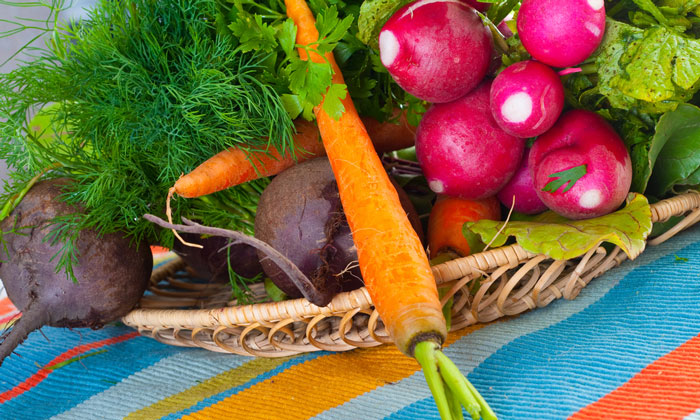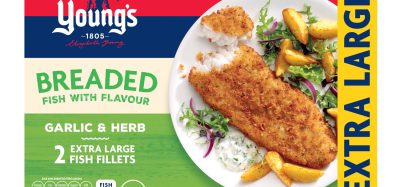Using enticing food labelling to make vegetables more appealing
- Like
- Digg
- Del
- Tumblr
- VKontakte
- Buffer
- Love This
- Odnoklassniki
- Meneame
- Blogger
- Amazon
- Yahoo Mail
- Gmail
- AOL
- Newsvine
- HackerNews
- Evernote
- MySpace
- Mail.ru
- Viadeo
- Line
- Comments
- Yummly
- SMS
- Viber
- Telegram
- Subscribe
- Skype
- Facebook Messenger
- Kakao
- LiveJournal
- Yammer
- Edgar
- Fintel
- Mix
- Instapaper
- Copy Link
Posted: 13 June 2017 | New Food | No comments yet
Does labelling carrots as “twisted citrus-glazed carrots” or green beans as “sweet sizzilin’ green beans and crispy shallots” make them more enticing and increase vegetable consumption?


Bradley P. Turnwald, M.S., and coauthors from Stanford University in California, tested whether using indulgent descriptive words and phrases typically used to describe less healthy foods would increase vegetable consumption because some perceive healthier foods as less tasty, according to a research letter published by JAMA Internal Medicine.
The study was conducted in a large university cafeteria and data were collected each weekday for the 2016 autumn academic quarter. Each day, one vegetable was labelled in 1 of 4 ways: basic (e.g., beets, green beans or carrots); healthy restrictive (e.g. “lighter-choice beets with no added sugar,” “light ‘n’ low-carb green beans and shallots” or “carrots with sugar-free citrus dressing”); healthy positive (e.g. “high-antioxidant beets,” “healthy energy-boosting green beans and shallots” or “smart-choice vitamin C citrus carrots”); or indulgent (e.g. “dynamite chilli and tangy lime-seasoned beets,” “sweet sizzilin’ green beans and crispy shallots” or “twisted citrus-glazed carrots”).
Although the labelling changed, there were no changes in how the vegetables were prepared or served.
Research assistants discretely recorded the number of diners who selected the vegetable and weighed the mass of vegetable taken from the serving bowl. During the study, 8,279 of 27,933 diners selected the vegetable.
Indulgent labelling of vegetables resulted in 25% more people selecting the vegetable compared with basic labelling, 41% more people than the healthy restrictive labelling and 35% more people than the healthy positive labelling, according to the results.
Indulgent labelling of vegetables also resulted in a 23% increase in the mass of vegetables consumed compared with basic labelling and a 33% increase in the mass of vegetables consumed compared with the healthy restrictive labelling. There was a 16% non-significant increase compared with the healthy positive labelling.
The authors note they were unable to measure how much food was eaten individually by cafeteria patrons, although people generally eat 92% of self-served food.
“Further research should assess how well the effects generalise to other settings and explore the potential of indulgent labelling to help alleviate the pervasive cultural mindset that healthy foods are not tasty,” the article concludes.









